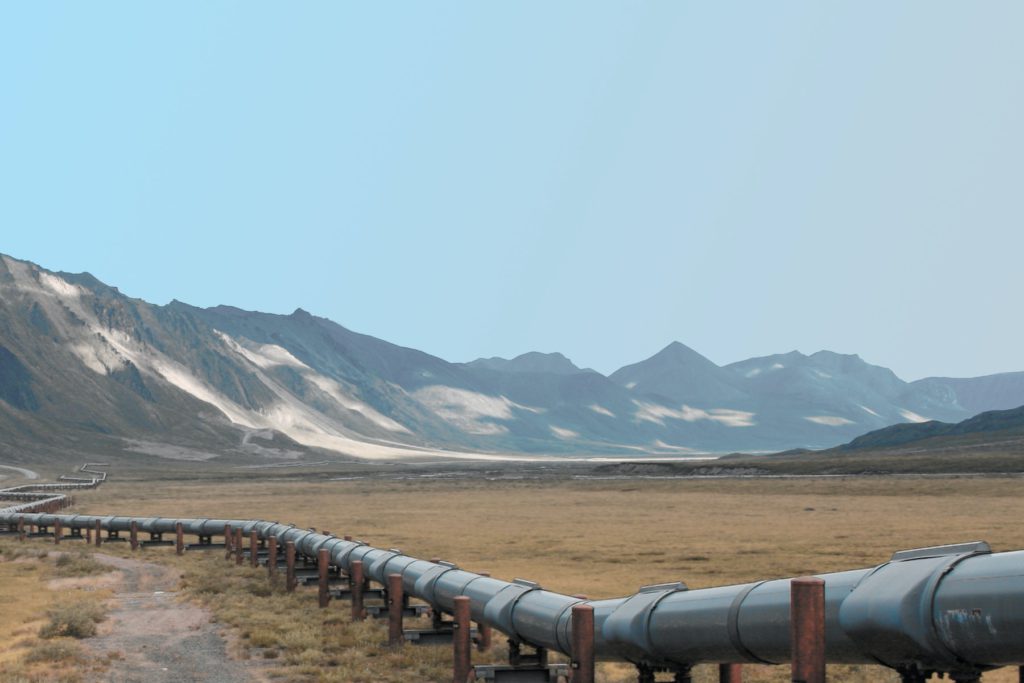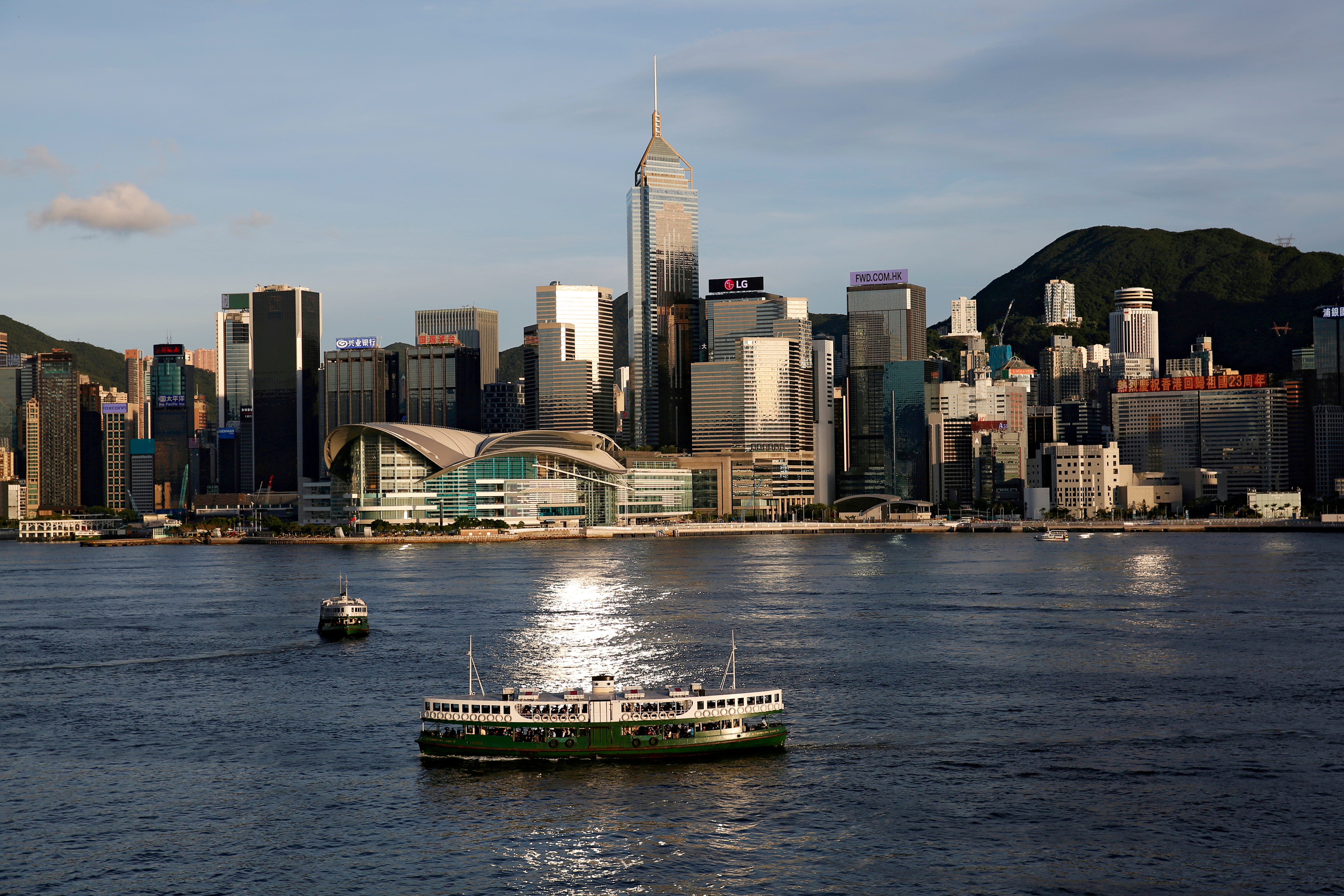Many Saskatchewan farmers unable to fill grain contracts: industry survey
By Connor O’Donovan
December 2, 2021

An Agricultural Producers Association of Saskatchewan (APAS) survey is shedding light on just how significant an impact the 2021 drought has had on some farmers.

The optional survey has so far received more than 200 responses, 75 per cent of which reported being unable to fulfil their 2021 grain contracts.
“Some respondents included that they are facing bankruptcy due to drought and contract shortfalls,” reads an APAS news release on the subject.
It says “25% of respondents also said they had trouble contacting the grain buyers resolving issues arising from production shortfalls, and many of the respondents said they will not be working with the same grain company in the future or will not be signing a contract again.”
READ MORE: Crop insurance and drought relief boosting Saskatchewan deficit: finance minister
Speaking to Global News Tuesday, APAS President Todd Lewis acknowledged that the drought meant fulfilling contracts hasn’t been easy for “either side” and added producers will likely be more cautious with their plans moving forward.
“It’s tough on the grain companies as well. They don’t want to be in this position but unfortunately the dry weather has come, the contracts are signed and now it’s time to settle these contracts and it’s not fun for either side,” he said, adding that difficult years are part of the industry and need to be accommodated.
“I think producers are looking for a better contract to sign going into next year. It’s still dry. We’re a long way form being out of this drought.”
READ MORE: Prairie livestock producers facing shortage of feed, water as winter sets in
The APAS release also points out producers with low yields have had to pay “penalties and administrative fees between $20,000 and $300,000 to grain companies.”
“Many of the respondents also said the interest on their unpaid contracts was as high as 19%,” the release continues.
Western Grain Elevator Association (WGEA) spokesperson Wade Sobkowich, meanwhile, said its the organization’s belief that some farmers “over-contracted” and took on too much risk.
“When a grain company needs to set replacement value to a farmer who doesn’t have enough production, it’s not because the grain company is making money. Grain companies are scrambling to have enough grain to meet their own commitments,” he said.
“Grain companies are buying those tonnes from other farmers at very high prices right now, we know that there are producers in Western Canada who are benefitting from not having taken on so much risk and not having forward contracted as much.”
He added, though, that WGEA members will be “examining their processes” when it comes contracting producers.
“It would be unwise for anybody to come out of an unprecedented situation like we’ve just experienced without trying to learn from it. But it’s a competitive issue,” he said.
READ MORE: Saskatchewan farmers hoping for wet winter after drought-ravaged summer
Saskatchewan Agriculture Minister David Marit said Tuesday his ministry has reached out both to producers and grain buyers to discuss the issue.
“I think you’ll see people looking at the contracts in a little more detail. We have as a ministry reached out to all of the grain companies to have this very discussion about this and did see that they’re trying to work with producers in a number of cases,” he said.
“Some of the owners or CEOs told me they’ve offered deferrals or reduced admin fees.”
The province announced earlier this week that crop insurance payouts were the highest per acre in 2021 that they’ve ever been.
Asked about mitigating the impact of continued or future droughts, which research has suggested will become more frequent due to climate change, Marit said he thinks Saskatchewan’s existing risk management options are “adequate”.
“The farmers have built up the crop insurance reserve. The farmers have the resources to recover those costs,” he said, adding though that rates may increase depending on how quickly climate change predictions play out.
“That’ll all be reflective in the premiums and the coverage and things like that. That’s something governments as a whole are gonna have to look at both from a federal perspective and a provincial perspective across Canada.”
The Globe and Mail reports, "Until Ottawa ended its monopoly in 2012, the Canadian Wheat Board was the prairie farmer’s link to food companies around the world. Now the former giant has been taken over by a U.S. agrifood company and an investment fund owned by Saudi Arabia.
Mickey Djuric
Publishing date: Dec 02, 2021 •

REGINA — Recent comments made by Saskatchewan’s finance minister have inflamed farmers who say the government is creating an urban-rural divide that is harmful.
On Monday, Donna Harpauer presented her mid-year financial report showing a record $2.7-billion deficit, which she largely attributed to crop insurance claims brought on by severe drought.
More than $2.4 billion of crop insurance was paid out, the most in Saskatchewan’s history, and $1.8 billion of that had not been budgeted for, which largely contributed to the deficit.
When presenting her report, Harpauer said “without the agriculture support (expense), we’d almost be balanced.”
Ian Boxall, vice-president of the Agricultural Producers Association of Saskatchewan, said Harpauer’s comments are misleading and farmers should not be blamed for the province’s accounting decisions.
“The government is throwing producers under the bus,” Boxall said Wednesday.
“When urban people hear there’s $2 billion payout to farmers through crop insurance, that’s probably worrisome. What they need to understand is we pay the premiums in, and the money is actually there.”
Boxall said he wants to make it clear the money wasn’t a bailout from the government. For years, producers, along with the federal and provincial governments, have been paying into the crop insurance fund to ensure money is there when it’s needed.
“We paid in, and this year we have to pay out,” Boxall said.
Boxall’s group addressed its concerns in a letter to the government. Harpauer called it a disingenuous letter which dismayed her and she accused the group of being misinformed.
“It’s an attack on our government,” Harpauer said in a followup interview.
She co-penned a letter with Agriculture Minister David Marit to respond to the concerns. They accused the producers’ group of having a limited understanding of accounting principles and asked that the letter be retracted.
Asked if farmers should bite their tongues, she said: “Before they speak to us, and get an understanding, and not give out false information, yes.”
Boxall said producers have worked for years to eliminate the division between rural and urban residents and try to get people living in cities to understand the issues farmers face.
“I don’t want to have a bigger divide between rural and urban. We’re a small province, based on population, and we need to have similar goals and outlook of what’s good for the province,” Boxall said.
He said the letter was an attempt to educate the government on that point.
“That’s their concern,” Harpauer retorted. “We all — urban and rural — is well aware there was a … catastrophic, challenging year in agriculture this year. I’m not sure what their issue is.”
Premier Scott Moe weighed in on Thursday. He said the letters from the producers and Harpauer “were both factual.”
He said the letters could have been avoided if Boxall’s group had just picked up the phone.
“If you have questions, make a phone call, and we can have a phone call about how public sector accounting works here,” Moe said before reiterating similar comments made by Harpauer.
“If we could disregard … the support required to pay out to producers because of the program we have in place, Saskatchewan would be very close to having a very balanced budget this year, and I think that’s a positive thing.”
Todd Lewis, president of the producers’ group, followed up Thursday with a second letter to the finance minister.
He wrote that farmers do not want to be blamed for the deficit.
“Having these discussions without being accused of being deceitful, ignorant, or misinformed would be appreciated.”
This report by The Canadian Press was first published Dec. 2, 2021.
Agricultural producers association, Sask. government go back and forth on crop insurance's role in deficit
Association was concerned with implication that crop
insurance payments caused provincial deficit
The Agricultural Producers Association of Saskatchewan (APAS) and the Saskatchewan government have been exchanging public words over how the province characterized the role of crop insurance payments in its recent mid-year budget update.
APAS says that many producers are worried about being considered a burden on the province's finances.
On Monday, the government projected a $2.7 billion deficit in its mid-year update. Finance Minister Donna Harpauer said the shortfall is mainly because of an expected $2.4 billion in crop insurance claims.
"If you backed out the expense of crop insurance — that $2.4 billion — as well as the livestock producer support, we would almost be balanced," Harpauer said during a news conference Monday.
"That's how significant that support was for agriculture producers."
APAS took exception to the implication that crop insurance payments are causing the provincial deficit.
"In 2020, Saskatchewan Crop Insurance Corporation reported a $2.4-billion surplus accumulated over previous years, plus a sizeable surplus in the reinsurance fund," APAS vice president Ian Boxall was quoted as saying in a news release Wednesday. "It's not fair to blame producers for a provincial deficit in a drought year when that surplus gets used up."
The province responded with its own news release later Wednesday, in the form of an open letter to APAS president Todd Lewis, signed by Agriculture Minister David Marit and Finance Minister Donna Harpauer.
"I will begin by pointing out that we disagree with the premise of the entire document," the government response said. "To suggest that the provincial government is somehow blaming our agricultural producers for the financial deficit reported in the financial update presented earlier this week is not only false, it is offensive."
The province's letter said Boxall's comments suggest he is unfamiliar with the concept of summary financial reporting. It asked APAS to retract its statement.
"It is disappointing, to say the least, that an organization such as APAS would, through either ignorance or deceit, willingly misinform its members with such callous disregard," the province said.
APAS president Lewis then put out another news release Thursday responding to the province's Wednesday release.
"Although it may not have been the intention of the government to leave that perception, many media reports made that link," Lewis wrote.
"Pointing out that producers are not responsible for a deficit situation when previous year's results are taken into account is our organization's job."
Lewis wrote that he had personally received calls from concerned producers, as had APAS's office and other representatives.
"Producers are concerned that the general public has a perception that farmers are receiving a 'break' or a 'bailout' when they receive a crop insurance cheque," Lewis wrote.
A general lack of understanding of the accounting principles behind crop insurance is the main issue at hand, according to Lewis.
"I stand to be corrected on the operational side of the finance ministry and the use of summary financial statements.," Lewis wrote. "However, having these discussions without being accused of being deceitful, ignorant, or misinformed would be appreciated."
In an interview, Lewis said the purpose of Thursday's letter was to convey that APAS meant no offence to anybody with its initial release.
He said it was meant to let members of the public know that farmers aren't being bailed out by the government, but rather there is a partnership between the government and producers where they pay for coverage, but only receive payment when they are in a claim position. He said it's like any other insurance program and in some cases producers have paid premiums for decades but never made a claim.
"We wanted to let the public know and ensure that there's no misconceptions around the funding of crop insurance and tying it to the deficit," he said.
Premier Scott Moe said that when insurance money is given to the agricultural industry, it has to be recorded as a financial expense, an accounting principle he said all provinces and the federal government follow.
"I think all of the letters in this case really could have been avoided had a couple of phone calls ultimately been made," he said.












/https://www.thespec.com/content/dam/thespec/news/hamilton-region/2021/12/02/earthship-sustainable-living/earthship.jpg)
/https://www.thespec.com/content/dam/thespec/news/hamilton-region/2021/12/02/earthship-sustainable-living/earthship_3.jpg)
/https://www.thespec.com/content/dam/thespec/news/hamilton-region/2021/12/02/earthship-sustainable-living/earthship_7.jpg)
/https://www.thespec.com/content/dam/thespec/news/hamilton-region/2021/12/02/earthship-sustainable-living/earthship_5.jpg)
/https://www.thespec.com/content/dam/thespec/news/hamilton-region/2021/12/02/earthship-sustainable-living/earthship_6.jpg)
/https://www.thespec.com/content/dam/thespec/news/hamilton-region/2021/12/02/earthship-sustainable-living/earthship_2.jpg)



